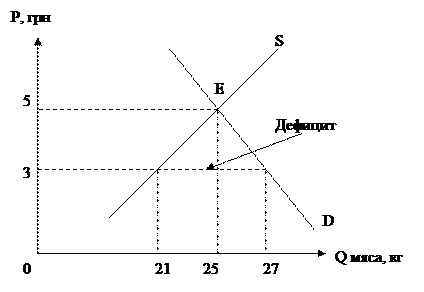The Indicative and Imperative moods
The Indicative mood is the basic mood of the verb. Morphologically it is the most developed system including all the categories of the verb. Semantically it is a fact mood. It serves to present an action as a fact of reality. It is the “most objective” or the “least subjective” of all the moods. It conveys minimum personal attitude to the fact. This becomes particularly obvious in such sentences as Water consists of oxygen and hydrogen where consists denotes an actual fact, and the speaker’s attitude is neutral. Forms of the indicative mood serve to denote the action or the state that correspond to the actual reality (відповідають реальній дійсності). All the forms of the Indicative mood in English and Ukrainian have already been considered by us previously, when we dwelled upon the categories of person, number, tense and state. The characteristic feature of the Indicative mood is its connection with the category of tense: it is expressed by the forms of the present, past and future tenses. The imperative mood represents an action as a command, urging, or request to one’s interlocutor. It is a direct expression of one’s will. Therefore it is much more “subjective” than the indicative mood. Its modal meaning is very strong and distinct. The imperative mood is morphologically the least developed of all moods. In fact, the grammeme write, know, search, do, etc. is the only one regularly met in speech. The “continuous” and “passive” opposites of this grammeme (be writing, be searhing, etc.; be known, be warned, etc.) are very rare. Some linguists are of the opinion that Modern English possesses analytical forms of the imperative mood for the first and the third person are built up with the help of the semantically weakened unstressed let, as in Let him come, Let us go, etc. [24; 140–156]. Ukrainian verb forms of the imperative mood similar to English ones also render the order, wish, appeal, demand, request or some other types of inducement (спонукання) to perform some action. In Ukrainian forms of the imperative mood are built from the base of the present tense: a) for the second person singular with the ending - и (пиши, іди) or without endings (сядь, встань, читай); b) for the first person plural with the ending - імо (несімо, ходімо) or - мо (читаймо, станьмо); c) for the second person plural by means of adding the endings - іть (несіть, ідіть) or - те (читайте, станьте). For the third person singular and plural forms of the imperative mood are built analytically by combining forms of the third person of the present or future tense of the indicative mood with the particle хай (нехай): Хай він робить (зробить). Нехай вони прийдуть (приходять). Хай живе Україна! Besides there is used the analytical form of the imperative mood for the first person singular and plural, which is created by combining of the corresponding form of the imperative mood давати (давай, давайте) and the corresponding personal form of the future tense of indicative mood of the conjugated verb: Давай я зроблю. Давайте зробимо. Давайте поїдемо. Verbs of the imperfective aspect are used more rarely in such a form and only in the form of the infinitive: давайте співати. In modern English language the system of forms of the imperative mood is much simpler than in Ukrainian. In relation to the second person singular and plural only one common form of the imperative mood is used. It coincides with the infinitive and differs from it only by the absence of the particle “to”. Not rendering the category of number this form is used at addressing to both one person and several persons: Go “Іди/Ідіть”. Take ”Візьми/Візьміть”. Order or request to the first and third persons singular and plural is expressed analytically with the help of the verb “let” and the infinitive of the notional verb. These two parts of the analytical form are usually separated by the corresponding personal pronoun in the objective case or the noun in the common case: Let me/us do it (Давайте я зроблю/зробимо). Let him/them/your brother come (Нехай він/вони/ваш брат прийде/прийдуть). The peculiarity of the English imperative mood is its expressive or emphatic form used to denote the strengthened kind of request: Do come tomorrow! (Обов’язково приходьте завтра!). In Ukrainian there are also widely used the so called intimate or unceremonious / unofficial forms of the imperative mood, which are created by adding particles of the intimate character to the common form of the imperative mood (інтимізуючі частки) - но/-бо: іди-но сюди, скажи-но мені, скажи-бо швидше. In Ukrainian there is also spread the use of the infinitive of the verb with the imperative meaning: Встати! Most often such forms can be met in different slogans, newspaper headlines, military commands: Виконати план достроково! Підготуватися до жнив! Почистити казарми! [5; 92–93].
|




